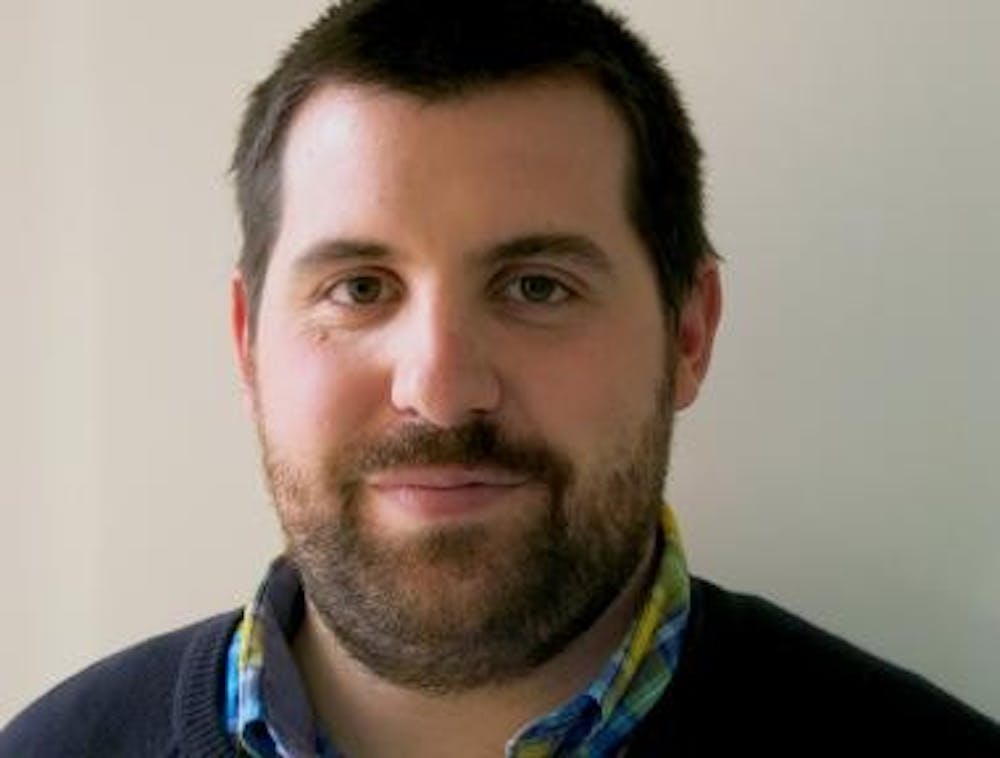In 2015, “Nature” journal published an article that would change the scientific community’s understanding of the relationship between the central nervous system and the immune system. Antoine Louveau, a postdoctoral research scientist with the University’s neuroscience Kipnis lab, discovered the presence of lymphatic vessels allowing the brain to communicate with the immune system.
This groundbreaking link offers new potential insights about the human nervous system and its diseases, including Alzheimer’s and Multiple Sclerosis. The discovery is now one of ten finalists for “Breakthrough of the Year,” an award presented by the American Association for the Advancement of Science’s journal “Science.”
This annual award is granted to a scientific discovery that is viewed as the biggest breakthrough of the year. Previous discoveries garnering this honor include Dolly the sheep and the discovery of the Higgs-Boson.
Louveau’s knowledge of the central nervous system-immune system link was apparent to him upon his arrival to the University through research with mice.
“If you take a mouse that does not have a functional immune system, that mouse is cognitively impaired,” Louveau said.
Louveau also explained how the brain of a naïve mouse has no T-cells, and the presence of such lymphocytes usually indicates a pathological condition.
“If you look in the surrounding area of the brain, called the meninges, there are a lot of T cells there, even in a naïve mouse,” Louveau said.
As a result, the question he sought to answer upon joining the lab was the method by which T-cells move in and out of the meninges. The lymphatic vessels he discovered using a whole mouse dissection technique offered an explanation for the active trafficking of the immune cells and the communication of the brain with the immune system during stress and injury.
“If you open a neuroscience textbook, it’s going to tell you that the brain is an immune privileged organ, meaning an immune reaction in the brain will occur differently than it would occur in a different part of the body,” Louveau said. “The main explanation people had for that was the lack of a lymphatic system. The brain is still unique, immunologically speaking, but not for the reason we thought.”
The publication of the lymphatic vasculature discovery paired now with the “Breakthrough of the Year” award has increased interest for the Kipnis lab and their research. Other front-runners for this award include everything from photographs of Pluto to a successful Ebola vaccine.
Jonathan Kipnis, Neuroscience Prof. and director of the Center for Brain Immunology and Glia, described the lab’s research as being relatively unique because it focuses on the positive aspects and consequences of the brain-immune system communication, previously believed to be solely detrimental rather than advantageous. Kipnis was pleased to see Louveau’s research place the lab in the spotlight, and be recognized for its hard work.
“I think it’s great to be one of the 10 [Breakthrough of the Year Finalists],” Kipnis said. “It’s an amazing achievement. And being recognized by senior faculty at U.Va., that’s another amazing achievement.”







